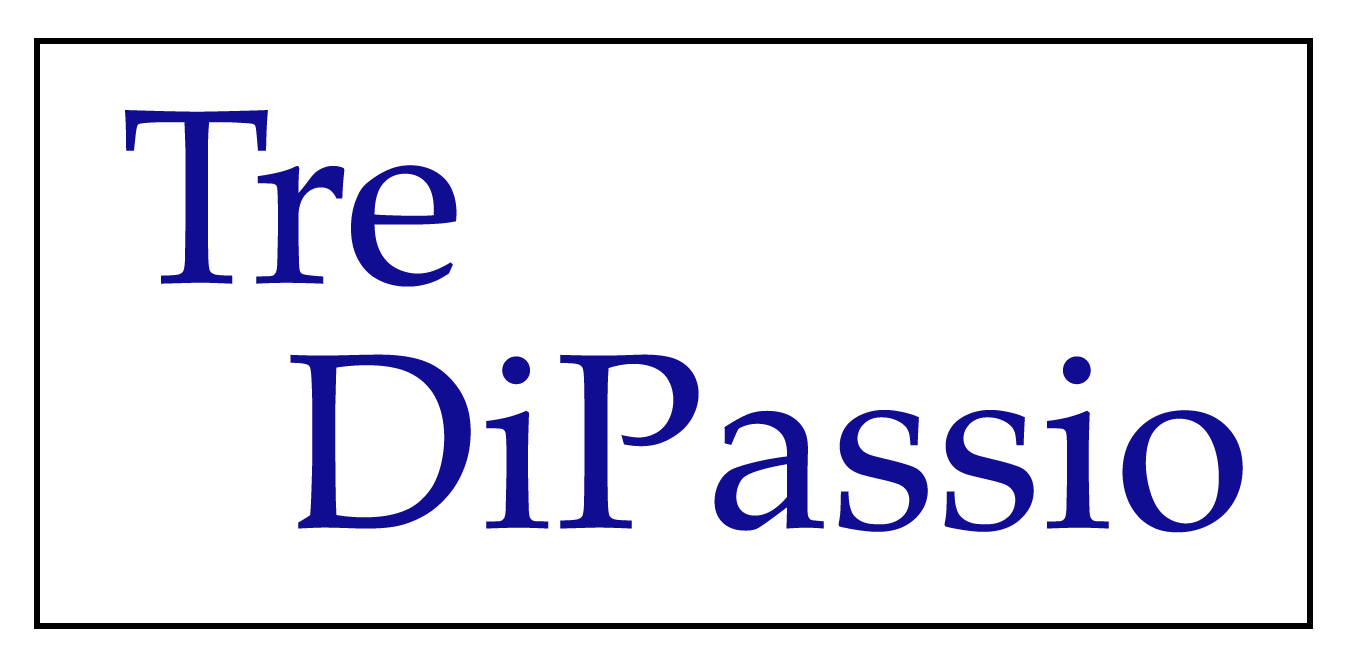Links:
Click here for a PDF version of my final written solution
In this video, I present my solution to this challenge problem. This video is meant to be a companion to this paper submission, and all figure numbers and equations are kept consistent between the two.
Problem Statement
In this year’s Student Challenge Problem, a turboprop aircraft is flying above a body of water and is being recorded by a hydrophone at some depth beneath the surface [1]. The plane’s speed, height, and propeller frequency all influence the sound field at the hydrophone’s position. In his 1972 work, R.J. Urick proposed four different acoustic paths from a source in the air medium to a submerged receiver that influence the underwater sound field [2]. In particular, we are asked to consider the direct refraction path, and to assume the speed of sound in both media is constant. For this direct path between two iso-speed media, Urick detailed a geometric approach to placing a virtual source in the water medium to model the true source in the air medium.
This solution explores a computational approach to placing this virtual source in the water medium, and using its trajectory to create a predictive model for the instantaneous frequency observed at the hydrophone position by using Doppler effect calculations. The accuracy of this model will be evaluated via comparison with given experimental data. The model will then be used to extract the speed, height, and propeller frequency of the aircraft source for a given hydrophone recording.
Animated Versions of Figures
This video is meant to show an animated version of how ray tracing is performed to create the LUT described in the solution. The caustic nature of the LUT shape is observed in the superposition of the inverted refracted rays.
This video is meant to show an animated version of Figure 6 from my solution, whereby the trajectory of the plane and virtual sources are shown throughout time. The hydrophone is also shown. The caustic nature of the LUT as it is traversed is observed in the transition region as the plane flies directly above the hydrophone.
References
[1] B. G. Ferguson, R. L. Culver, and K. L. Gemba, “International Student Challenge Problem in Acoustic Signal Processing 2019,” Acoustics Today 15(1), 71–73.
[2] R. J. Urick, “Noise Signature of an Aircraft in Level Flight over a Hydrophone in the Sea,” The Journal of the Acoustical Society of America 52(3B), 993–999 (1972) asa.scitation.org/doi/abs/ 10.1121/1.1913206 doi: 10.1121/1.1913206.
[3] T. Rossing and N. Fletcher, “Sound waves in air,” in Vibrations and Sound, 2 ed. (Springer-Verlag, New York, 2004), Chap. 6, pp. 139–156.
[4] M. Schwartz, “Lecture 21: The Doppler Effect,” users.physics. harvard.edu/~schwartz/15cFiles/Lecture21- Doppler.pdf.
[5] G. Drakos, “How to select the Right Evaluation Metric for Ma- chine Learning Models: Part 1 Regression Metrics,” Medium (2018).
[6] D. Arfib, F. Keiler, U. Zolzer, V. Verfaille, and J. Bonada, “Time- frequency processing,” in DAFX: Digital Audio Effects, edited by U. Zolzer, 2 ed. (John Wiley and Sons, Inc., 2011), Chap. 7, pp. 219–277.
[7] W. H. Press, B. P. Flannery, S. A. Teukolsky, and W. T. Vetter- ling, Numerical Recipes in C: The Art of Scientific Computing (Cambridge University Press, New York, NY, USA, 1988), pp. 650–655.
[8] “Smooth noisy data - MATLAB smoothdata,” www.mathworks. com/help/matlab/ref/smoothdata.html.

